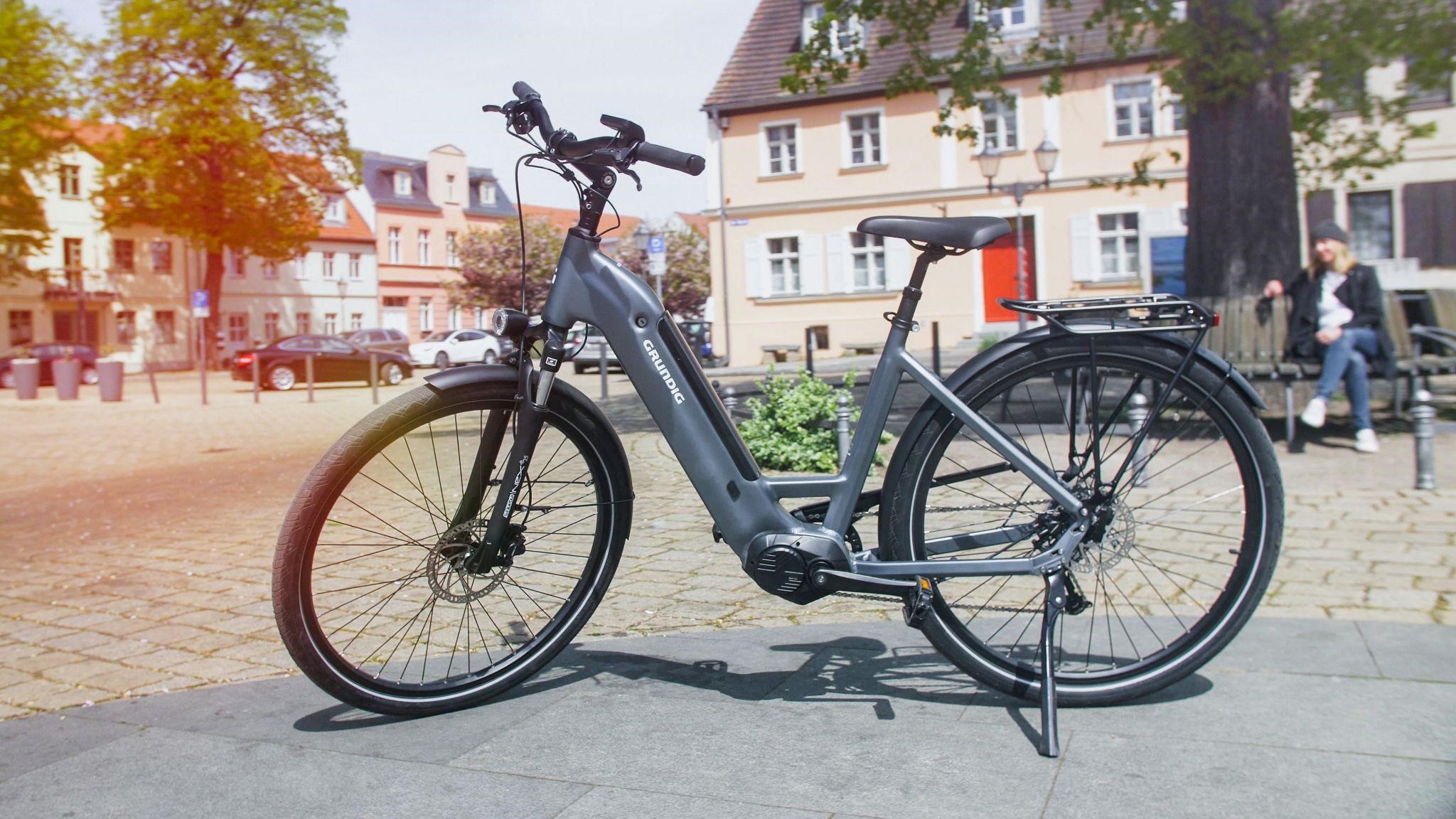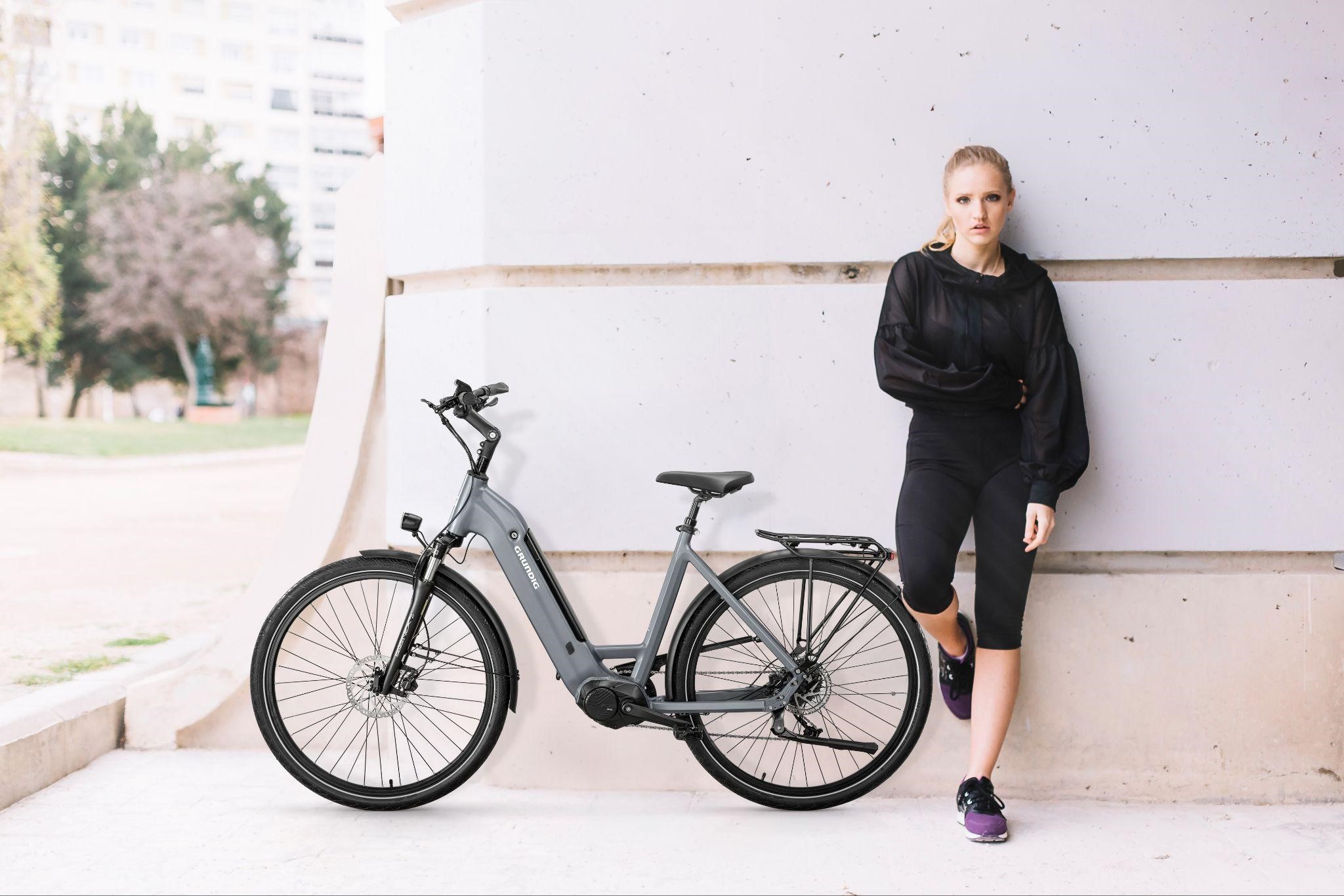Urban transport planning is an essential aspect of city development, and it is crucial to make it sustainable, efficient, and accessible to all. In recent years, e-bikes have emerged as a popular mode of transportation in urban areas due to their convenience, affordability, and eco-friendliness. As a result, urban planners are now exploring ways to promote e-bikes through urban planning and policy measures.
One of the significant benefits of e-bikes in urban areas is that they are an eco-friendly alternative to cars and other motor vehicles. They produce zero emissions, making them an excellent option for reducing air pollution and greenhouse gas emissions. Additionally, e-bikes are relatively cheap to operate and maintain, making them an affordable option for many urban residents.
Promoting e-bikes through urban planning involves creating infrastructure and policies that encourage their use. This includes building bike lanes, providing secure parking facilities, and offering incentives for e-bike purchases. Moreover, urban planners need to work with local governments to develop policies that support e-bike adoption, such as tax incentives and subsidies.

Benefits of E-Bikes in Urban Areas
E-bikes have emerged as a popular mode of transportation in urban areas due to their numerous benefits. In this section, we will discuss some of the key advantages of e-bikes in urban areas.
Reducing Traffic Congestion and Air Pollution
One of the major benefits of e-bikes is that they can help reduce traffic congestion and air pollution in urban areas. By using e-bikes instead of cars or public transportation, commuters can avoid traffic jams and reduce their carbon footprint. E-bikes are also much quieter than cars, reducing noise pollution in urban areas.
Health Benefits and Well-Being
E-bikes offer numerous health benefits to riders. They provide a low-impact workout that can improve cardiovascular health, strengthen leg muscles, and help with weight loss. E-bikes are also a great way to get outside and enjoy fresh air and nature, which can improve mental health and well-being.
Cost-Effective Urban Transportation
E-bikes are a cost-effective mode of urban transportation. They are much cheaper to buy and maintain than cars, and they require no fuel or parking fees. E-bikes can also save commuters money on public transportation costs.
Promoting E-Bikes through Urban Planning

Role of Urban Planning
Urban planning plays a crucial role in promoting sustainable transportation modes such as e-bikes. By designing cities and towns with cycling infrastructure in mind, urban planners can encourage more people to switch from cars to e-bikes. This can lead to a reduction in traffic congestion, air pollution, and greenhouse gas emissions.
Building Dedicated Cycle Paths
One of the most effective ways to promote e-bikes is by building dedicated cycle paths. These paths provide a safe and convenient way for cyclists to navigate through the city. They can also be separated from motor vehicle traffic, which can make cycling less intimidating for novice riders. By incorporating e-bike charging stations along these paths, urban planners can encourage more people to adopt e-bikes as a viable mode of transportation.
Integrating E-Bike Facilities
Integrating e-bike facilities into the existing transport infrastructure can also help to promote e-bikes. For example, providing secure bicycle parking facilities at train stations and bus stops can make it easier for commuters to combine e-bike trips with public transport. Additionally, integrating e-bike sharing schemes into the transport network can help to make e-bikes more accessible to a wider range of people.
In conclusion, urban planning has a critical role to play in promoting e-bikes as a sustainable mode of transportation. By building dedicated cycle paths, integrating e-bike facilities, and designing cities with cycling infrastructure in mind, urban planners can encourage more people to adopt e-bikes and reduce their reliance on cars.

Policy Measures to Encourage E-Bike Adoption
As cities look for ways to reduce traffic congestion and air pollution, e-bikes are becoming an increasingly attractive option for urban transport. However, the adoption of e-bikes is not yet widespread, and policy measures are needed to encourage more people to use them. Here are some policy measures that can help:
Implementing Encouraging Policies
Cities can implement policies that encourage the use of e-bikes. For example, they can create dedicated bike lanes, offer subsidies for e-bike purchases, or provide tax incentives for businesses that offer e-bikes to their employees. By making it easier and more affordable to use e-bikes, cities can encourage more people to adopt this mode of transportation.
E-Bike Sharing Services
E-bike sharing services can also help to encourage e-bike adoption. These services allow people to rent e-bikes for short periods of time, making it easy and convenient to use them for short trips around the city. By making e-bikes more accessible, these services can help to familiarise people with this mode of transportation and encourage them to buy their own e-bikes.
Incentives to Reduce Car Dependency
Finally, cities can offer incentives to reduce car dependency. For example, they can offer reduced parking fees for e-bikes, or provide subsidies for people who switch from cars to e-bikes. By making it more expensive and less convenient to use cars, cities can encourage people to adopt e-bikes as a more sustainable and efficient mode of transportation.
Conclusion

In conclusion, e-bikes have the potential to revolutionize urban transport planning. They are a cost-effective, environmentally friendly, and efficient mode of transportation that can help reduce congestion and improve air quality in cities.
By encouraging the use of e-bikes, city planners can help promote a healthier and more active lifestyle for their residents. E-bikes can also help bridge the gap between public transport and the final destination, making it easier for people to get around without relying on cars.
However, there are still challenges that need to be addressed in terms of infrastructure, safety, and regulation. Cities need to invest in bike lanes, parking facilities, and charging stations to support the growing number of e-bike users.
Moreover, safety measures such as helmets and visibility gear need to be promoted to ensure that e-bike riders are protected on the roads. Finally, regulations need to be put in place to ensure that e-bikes are used responsibly and do not pose a risk to other road users.
Overall, e-bikes have the potential to transform urban transport planning and create a more sustainable and healthy future for cities. With the right infrastructure, safety measures, and regulations in place, e-bikes can become a key component of a modern and efficient urban transport system.
Frequently Asked Questions
How are e-bikes influencing urban transport infrastructure?
The increasing popularity of e-bikes is influencing urban transport infrastructure in several ways. Cities are investing in more bike lanes and parking facilities to accommodate the growing number of e-bike riders. This has led to the development of new bike-sharing schemes and the integration of e-bikes into existing public transport networks. Additionally, the use of e-bikes has contributed to a reduction in traffic congestion and air pollution in urban areas.
What are the benefits of incorporating e-bikes into public transport systems?
Incorporating e-bikes into public transport systems has several benefits. It provides commuters with an alternative mode of transportation that is more efficient and cost-effective than traditional vehicles. E-bikes also help to reduce traffic congestion and carbon emissions, which is essential for improving the sustainability of urban transport. Furthermore, the integration of e-bikes into public transport systems can help to increase the accessibility and reach of public transport, particularly in areas where public transport infrastructure is limited.
How do e-bikes contribute to the sustainability of urban transport?
E-bikes contribute to the sustainability of urban transport in several ways. Firstly, they are powered by electricity, which is a cleaner and more sustainable energy source than petrol or diesel. Secondly, e-bikes produce zero emissions, which helps to reduce air pollution in urban areas. Finally, e-bikes have the potential to reduce the number of cars on the road, which can help to reduce traffic congestion and carbon emissions.
What regulations govern the use of e-bikes in urban areas?
The regulations governing the use of e-bikes in urban areas vary depending on the country and region. In the UK, for example, e-bikes are classified as regular bicycles if they meet certain criteria, including having a maximum power output of 250 watts and a maximum speed of 15.5 mph. E-bikes that do not meet these criteria may be subject to additional regulations, such as the requirement to wear a helmet or have insurance.
How is the demand for e-bikes shaping city transport planning?
The demand for e-bikes is shaping city transport planning in several ways. Cities are investing in new bike lanes and parking facilities to accommodate the growing number of e-bike riders. Additionally, the integration of e-bikes into public transport systems is becoming increasingly common, which is helping to improve the accessibility and reach of public transport. Finally, the demand for e-bikes is also driving innovation in the design and development of urban transport infrastructure.
What challenges do cities face when integrating e-bikes into existing transport networks?
Cities face several challenges when integrating e-bikes into existing transport networks. One of the main challenges is ensuring that e-bike riders are safe on the road, particularly in areas where there is a high volume of traffic. Additionally, cities need to invest in new infrastructure, such as bike lanes and parking facilities, to accommodate the growing number of e-bike riders. Finally, there is a need to develop new regulations and policies to govern the use of e-bikes, particularly in areas where they are not currently regulated.









